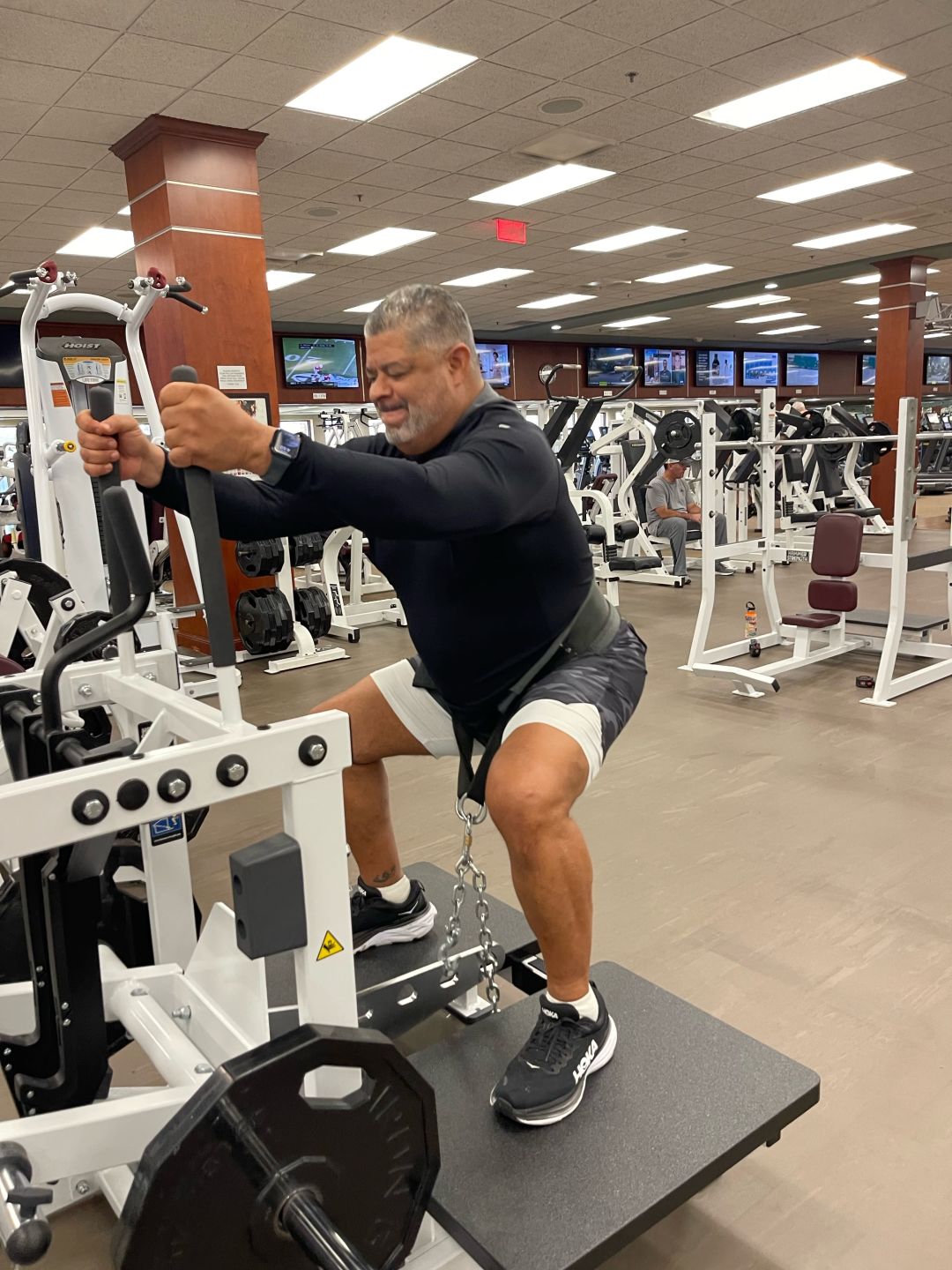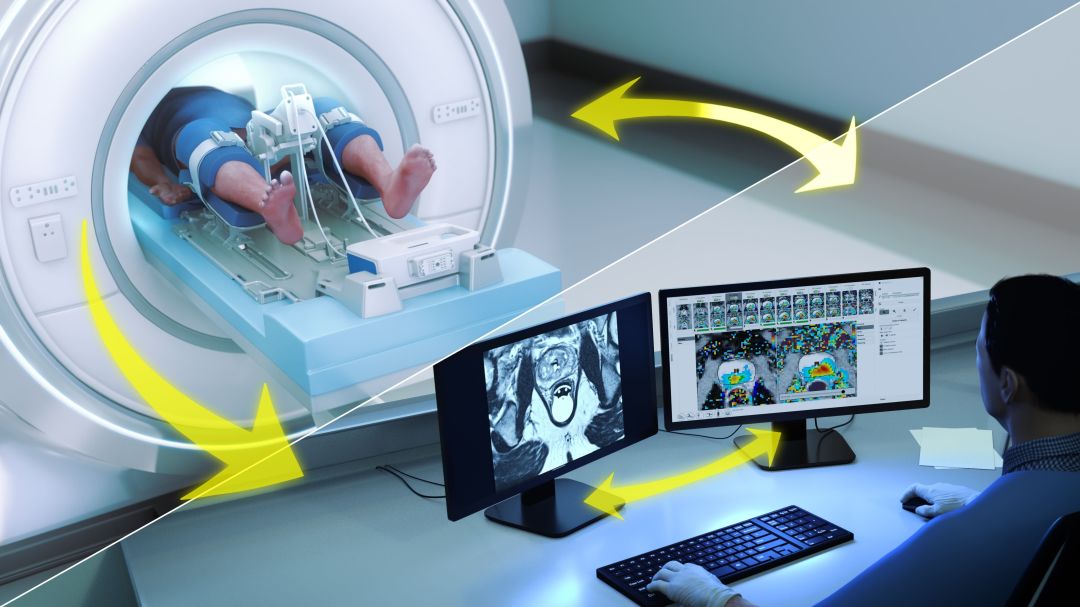TULSA-PRO Gives Men with Prostate Disease a New Lease on Life
The products listed here were selected by a member of the editorial staff. Should you choose to purchase a product through a link on this page, we may receive an affiliate commission.

Last year, Robert Palmer, a 59-year-old Maryland man, was one of the "one in 8" men diagnosed with prostate cancer in their lifetime. Prostate cancer is the second leading cause of cancer death in men. Though Palmer was fortunate to catch the disease before it had spread, finding the right treatment was challenging.
Removing the prostate surgically or undergoing radiation were clear choices - but not easy ones. Palmer knew the treatments could work but felt wary about the potential side effects of both radiation and prostatectomy, namely incontinence and erectile dysfunction (ED).
“All the consequences of these treatments frightened me because they would impair my quality of life,” says Palmer, a marketing executive with an active lifestyle. “I wasn’t ready for diapers or to give up my sex life.”
He reluctantly scheduled surgery and began a quest to see if he could find an alternative that would allow him to maintain his quality of life. Palmer combed through websites, read scientific papers, and talked to friends.
That's when an old college buddy mentioned TULSA-PRO, an incision-free, robotic procedure cleared by the FDA in 2019 to remove diseased tissue from inside the prostate gland using heat generated by ultrasound. Guided by magnetic resonance imaging (MRI), physicians can precisely target diseased tissue with ultrasound heat while a cooling element works to protect surrounding areas from damage. The goal of the TULSA Procedure is to destroy the diseased tissue while avoiding harm to healthy tissue and nerves that can lead to complications such as ED and incontinence.

In a clinical study of 115 men, mostly in their 60s, who underwent the TULSA Procedure to remove cancerous prostate tissue from their entire prostate gland, 96 percent saw their prostate-specific antigen (PSA) levels fall by 75 percent or more following treatment. PSA levels measure antigens that are an indicator of prostate cancer. Three years after the procedure only 13 percent required additional prostate treatment, 96 percent didn't need pads to manage incontinence, and none had severe erectile dysfunction.
Citation: Pavlovich, et al. “MP73-05-Pivotal trial of MRI-guided transurethral ultrasound ablation in men with localized prostate cancer: Four-year follow-up”. The Journal of Urology Suppl (2023)
With traditional surgery or radiation, those numbers look very different. According to the Prostate Cancer Foundation, about 25 to 33 percent of men with prostate cancer undergoing radiation or surgery see the cancer recur. About 40 percent of those undergoing surgery will lose some erectile function, and 1 in 5 men will have long-term incontinence that requires one or more pads a day.
“The beauty of this technology, in part, is its precision. It's an exact and customizable procedure, which is why we see these kinds of results," said Mathieu Burtnyk, senior vice president product leader at Profound Medical, developer of the TULSA-PRO. “It can be tailored to individual patients’ needs, whether it's single focal tumors, multifocal tumors, or diffuse disease throughout the prostate. TULSA-PRO has demonstrated it can treat multiple issues within the prostate at once, from cancer to BPH (Benign prostatic hyperplasia), all while minimizing the risk of erectile dysfunction or incontinence."
TULSA-PRO met all of Palmer’s requirements, and it turns out he was an ideal candidate for the procedure. He canceled his original surgery and made an appointment with a surgeon offering TULSA-PRO. The outpatient procedure occurs in an MRI suite with the patient receiving general anesthesia. It typically takes less time than other prostate surgeries, with shorter recovery times.
“By 3 pm I was on my way home and even went out to dinner,” says Palmer. “The only side effect I experienced was wearing a catheter after the surgery. Now I can enjoy a lifestyle that is as good or better than before. I feel healthier than I did at 49 years of age.” To find centers that offer the TULSA procedure, visit here.
